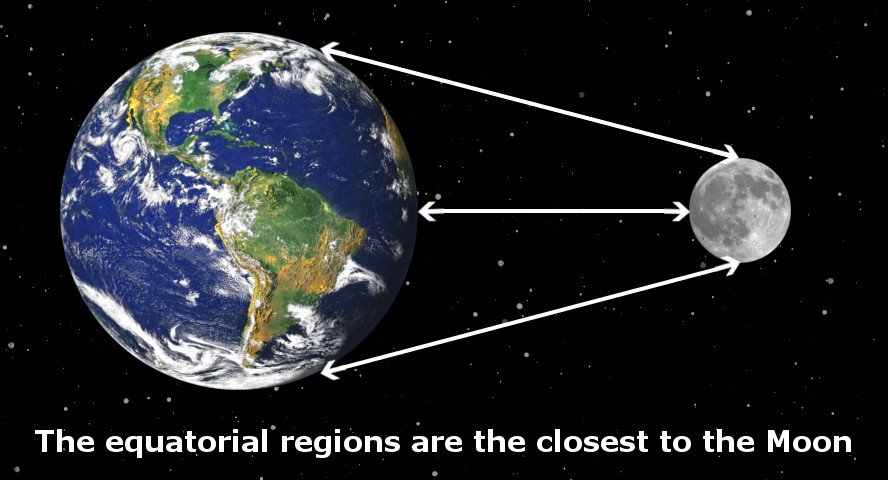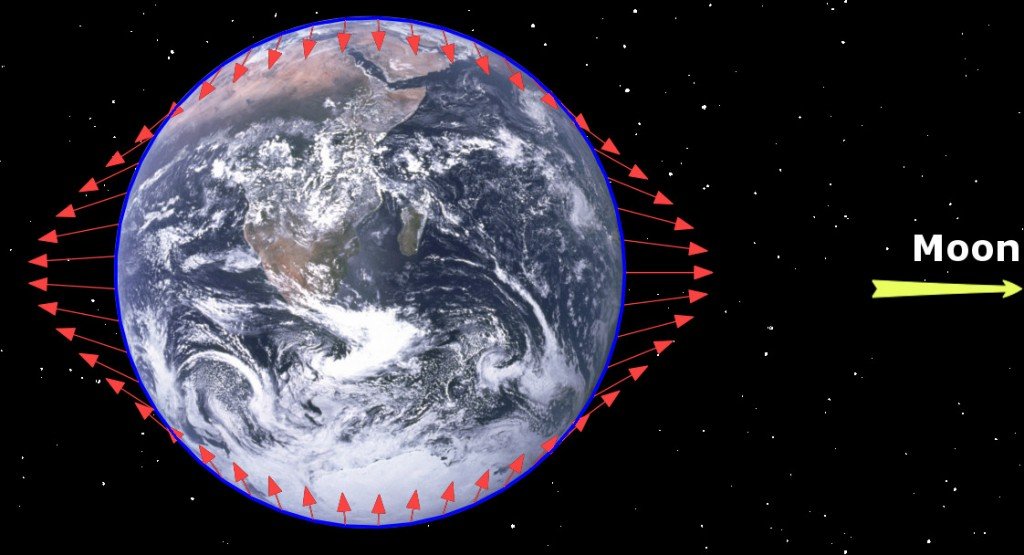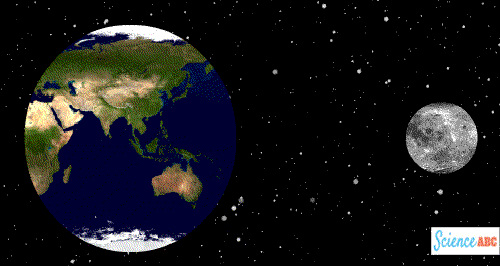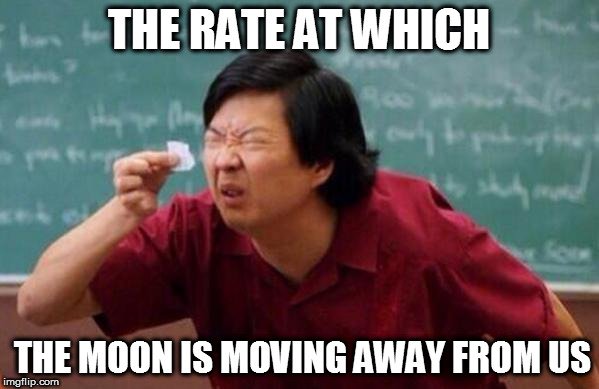Table of Contents (click to expand)
The moon is moving away from Earth because it is being pulled by the Earth’s tidal bulge. The bulge is created by the Earth’s rotation, which is faster than the moon’s rotation. The difference in rotational speed causes the bulge to push the moon into a higher orbit around Earth.
Due to its force of gravitation, the moon pulls certain parts of the Earth closer to it more strongly, creating the tidal bulge in the oceans of our planet. Since the Earth rotates much faster than the moon, this bulge occurs slightly ahead of the latter, which, due to a number of physical phenomena, pushes the moon into a higher orbit around Earth.
It’s dangerously easy to take the moon for granted. The same thing is true for the sun. However, if it weren’t for their eternal presence in our skies, life on Earth would be very, very different from what it is now, and it wouldn’t be a particularly pleasant thing for us!
However, our only natural satellite – the moon – is actually moving away from Earth. Its orbit is getting larger every year!
Effects Of Tidal Forces
The moon has been revolving around the Earth for the last 4.5 billion years. Thanks to Earth’s superior mass, it exerts a far greater gravitational force than the moon does on Earth, meaning that it pulls the moon more strongly towards itself. This gives rise to tidal forces, which cause the tides in our oceans.
The gravitational attraction between the moon and the Earth is stronger on the side of the Earth that faces the moon. Moreover, this force is the strongest in the area that is closest (has the minimum distance) to the moon.

As you can see in the image above, the mid-section of our planet (i.e., the equatorial region) is closer to the moon than the top and bottom of the planet (polar regions). Hence, the moon pulls the equatorial regions a bit more strongly towards itself. This greater gravitational pull of the moon incites high tides in the oceans’ waters (in that region), creating a bulge in the mid-section of the Earth. This is called a tidal bulge (or an equatorial bulge).

For a better visualization of this phenomenon, check out this fantastic animation depicting how the combined effect of the gravitational forces of the sun, moon and Earth create a tidal bulge on our planet.
The effect of tidal forces is experienced by both parties involved, i.e., just like how our planet experiences a bulge (note that the actual solid body of Earth is distorted only a few centimeters as a result of this bulge) caused by the moon’s gravity, the moon also experiences a tidal bulge at the side closest to the Earth.
Also Read: What Will Happen To Ocean Tides When The Moon Moves Away From Earth?
Rotation Of The Moon And Earth
The drifting away of the moon can be attributed to the rotational motions of both the Earth and the moon. You see, Earth rotates quite fast (more specifically, it has a high rotational velocity). It completes one rotation on its axis in just 24 hours. On the other hand, the moon takes 27.3 days to complete one rotation on its axis! Obviously, the moon is far slower than the Earth when it comes to their respective rotational speeds. Here’s a gif that depicts the differences in the rotational speeds of the Earth and the moon:

Since there is a significant difference in their speeds, the tidal bulge on Earth tries to pull the moon ahead in its orbit and tends to speed it up (albeit only slightly). As every action has an equal and opposite reaction, the moon also pulls back on the tidal bulge of Earth, resulting in a decrease in Earth’s rotational velocity.
This decrease in Earth’s rotational speed causes a loss of angular momentum (rotational energy), which is then transferred to the orbit of the moon via tidal force, making it slightly bigger every year.
The result of all this is that the moon’s circular path around Earth increases at the rate of 3.8 centimeters (1.49 inches) per year. In other words, the moon moves 3.8 centimeters away from Earth with the passing of each year.

Similarly, the rotational speed of Earth is decreasing at a pace where, 100 years from today, a day on Earth will be 2 milliseconds longer than it is now.
To conclude… yes, the moon is moving away from us, but it’s doing so really slowly, so don’t start worrying about long, moonless nights quite yet!
Also Read: The Dark Side Of The Moon: Why Can’t We See It?
How well do you understand the article above!

